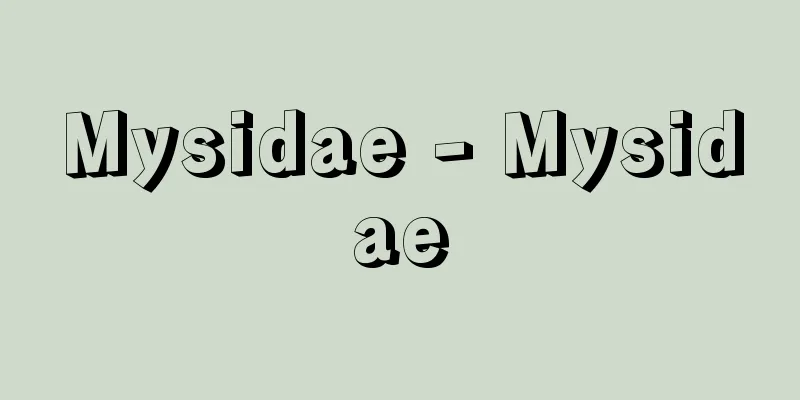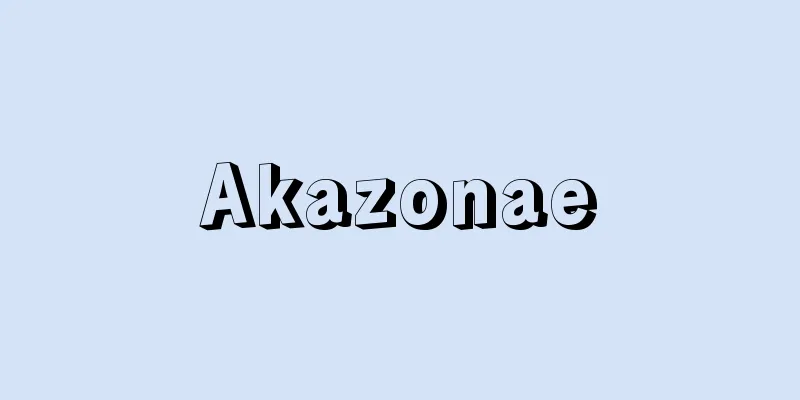Stapler - stirrup

|
… The structure of the jawbone of reptiles is basically the same as that of amphibians, but in higher species that appeared from the late Paleozoic era, the dentary in the lower jaw expanded, while the other dermal bones regressed or disappeared. The ear pillar of amphibians becomes the stapes in higher reptiles. From amphibians to reptiles and birds, the roof of the mouth, or palate, is the roof of the skull, and the nasal cavity and oral cavity are the same, but in higher reptiles that are closer to crocodiles and mammals, the premaxilla, maxilla, and palatine bones (and the pterygoid bone in crocodiles) extend from both sides to form a single secondary palate that separates the nasal cavity from the oral cavity. … From [Ossicles]…the original hyoid bone moves into the middle ear space and becomes a rod-like auditory ossicle, which bridges the inner surface of the eardrum and the oval window of the inner ear. This single auditory ossicle is called the stapes. In reptiles, the quadrate bone of the upper jaw and the articular bone of the lower jaw (both originally part of the jaw arch) are located near the outer end of the stapes, forming the jaw joint. From the Middle Ear…the middle ear space (tympanum) is therefore homologous to the respiratory slit of cartilaginous fish, and was originally the gill slit of primitive fish. The single auditory ossicle (columella) of amphibians, reptiles, and birds has become the stapes in mammals. The quadrate bone of the upper jaw and the articular bone of the lower jaw, which formed the jaw joint in ancestral reptiles, were deformed and dislocated, and together they entered the middle ear space and became the second and third auditory ossicles, the incus and malleus, respectively. From the ears...However, in mammals, which evolved from reptiles, the quadrate bone on the skull side and the articular bone at the rear end of the mandible, which formed the jaw joint in the reptile stage, were reduced in size and entered the tympanic cavity, becoming the second and third auditory ossicles, respectively. At this point, the chain of three auditory ossicles, a major characteristic of mammals, was completed, and the original ear pillar was called the "stapes," while the second and third ossicles were called the "incus" and "malleus," respectively (for this reason, the ear pillars of amphibians are sometimes called the "stapes"). In mammals, the malleus is inscribed in the eardrum, but this part of the eardrum is said to have been added newly when mammals were formed. ... *Some of the terminology that mentions the "stapes" is listed below. Source | Heibonsha World Encyclopedia 2nd Edition | Information |
|
… 爬虫類の顎骨の構成は基本的には両生類と同様だが,古生代後期から現れた高等な種類では下顎の歯骨が拡大した一方,その他の皮骨が退縮または消失する。両生類の耳小柱は高等爬虫類においてあぶみ骨となる。両生類から爬虫類・鳥類までは,口の天井つまり口蓋はそのまま頭蓋骨の天井で,鼻腔と口腔は同じものであるが,ワニや哺乳類に近づいた高等爬虫類では前顎骨・上顎骨・口蓋骨(ワニでは翼状骨も)が両側から張り出して1枚の二次口蓋をつくり,これが鼻腔と口腔を隔てるようになる。… 【耳小骨】より…もとの舌顎骨は中耳の空間に移って棒状の耳小骨となり,鼓膜の内面と内耳の卵円窓を橋渡しする。この単一の耳小骨を耳小柱(あぶみ骨)という。爬虫類になると,耳小柱の外方端の近くに上顎の方形骨と下顎の関節骨(いずれももとは顎弓の一部)が位置し,これらがあごの関節をつくる。… 【中耳】より…したがって,中耳の空間(鼓室)は軟骨魚類の呼吸孔と相同のもので,もとは原始魚類の鰓孔だったのである。両生類,爬虫類,鳥類の単一の耳小骨(耳小柱)は哺乳類では〈あぶみ骨〉になっている。祖先の爬虫類で顎関節をつくっていた上顎の方形骨と下顎の関節骨が変形・転位し,ともに中耳の空間に入り,それぞれ第2,第3の耳小骨,すなわち〈きぬた骨〉と〈つち骨〉になった。… 【耳】より…ところが爬虫類のなかから進化した哺乳類では,爬虫類段階で顎関節をつくっていた頭蓋側の方形骨と下顎後端の関節骨が縮小変形して鼓室の中に入り,それぞれ第2,第3の耳小骨になった。ここで哺乳類の大きな特色である三つの耳小骨の連鎖が完成し,もとの耳小柱は〈あぶみ骨〉,第2・第3の耳小骨はそれぞれ〈きぬた骨〉〈つち骨〉と呼ばれることになる(このため両生類などの耳小柱をあぶみ骨と呼ぶこともある)。哺乳類ではつち骨が鼓膜に内接するが,鼓膜のその部分は哺乳類の成立とともに新たに加わったものであるといわれている。… ※「あぶみ骨」について言及している用語解説の一部を掲載しています。 出典|株式会社平凡社世界大百科事典 第2版について | 情報 |
<<: Stapedius muscle - stapedius
Recommend
Frondizi, A. (English spelling) FrondiziA
… [Conflict between Peronists and anti-Peronists]...
Masakazu Toyama
A Meiji period scholar and cultural figure. Born ...
Supply-side economics
… [Inflation and tax rates] In the 1970s, Western...
Prehistory - Prehistory (English spelling)
It is a discipline that studies the period of huma...
Kazin, VV (English spelling) KazinVV
… After the Russian Revolution of 1917, proletari...
Angular momentum quantum number
...In other words, in Bohr's atomic model, we...
Callistemon rigidus
…[Kazuo Furusato]. … *Some of the terminology tha...
Pristidae
… [Classification, Systematics] Rays found in the...
Dance of Order - Zun no Mai
The dance in which the people in the room take tur...
Oranful - Oranful
...However, among the Proto-Malays, groups that d...
Pendulum - Buri-kko
〘 noun 〙 A person who behaves like a cute and good...
Ten Years of Suffering
= Kugai (public) ten years *Sakehon, Hanashi no Ga...
Equita Bill
… Meanwhile, in response to the mass production o...
Ibuki thyme - Ibuki thyme
A small grass-like shrub of the Lamiaceae family ...
Cape Canaveral
A cape on the east coast of Florida, USA. The name...









